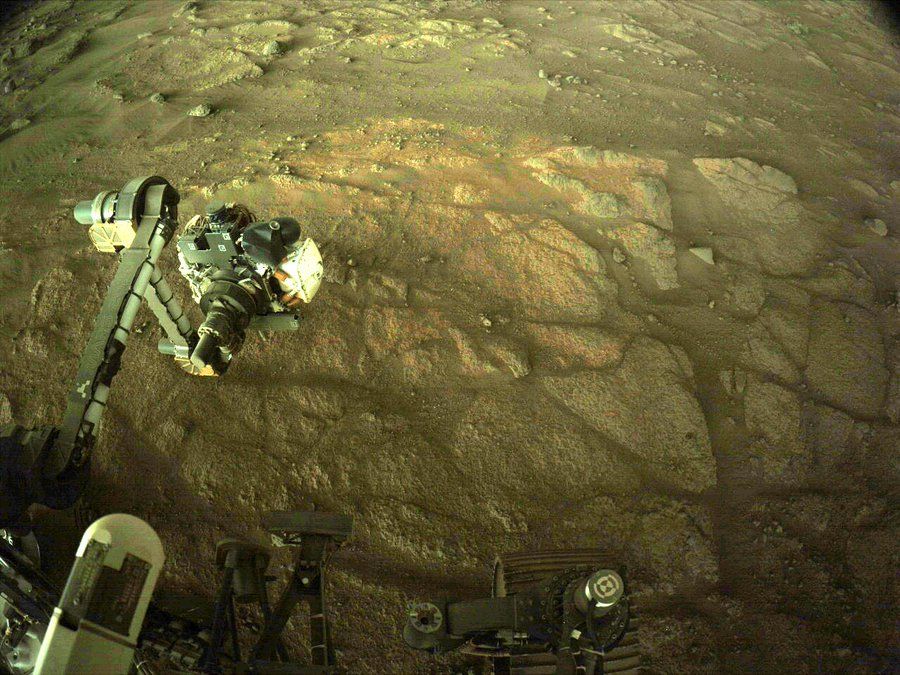As confirmed by NASA on Monday, their Perseverance Mars rover has successfully collected its first-ever rock sample to study whenever it is back to Earth.
“I’ve got it!” The space agency wrote while taking to Twitter to announce the news. There’s also a photo of a rock core a bit thicker than a pencil within a sample tube in the tweet.
The sample was collected on September 1, but NASA was initially unsure whether the rover had successfully held onto its precious cargo, because initial images taken in poor light were unclear. Although the sample was fetched on September 1 itself, NASA waited to confirm whether the rover had held onto its cargo. This came as the first few images were unclear.
Also Read | What are solar storms? Why do they threaten the internet?
Once a clear photo was captured, Perseverance transferred the tube to rover’s interior so that measurements and imaging could be done.
“This is a momentous achievement and I can’t wait to see the incredible discoveries produced by Perseverance and our team,” said NASA administrator Bill Nelson in a statement.
Thomas Zurbuchen, associate administrator for science, drew parallels to the first samples of rock taken from the Moon.
The sampling and coaching system of Perseverance is extremely complex with over 3000 parts.
Also Read | Rocket ‘terminated’ over Pacific Ocean in an explosive fireball
The first target ‘Rochete’ was extracted from a site that contained layers of exposed bedrock, thus, making it geologically significant. Samples were extracted by using a drill and a hollow coring bit at the end of Perseverance’s 7-foot-long robotic arm.
Perseverance landed on a lake bed called the Jezero Crater in February, which was a part of a mission to search for signs of ancient microbial life in the Red planet.
NASA plans to send back the samples extracted in a joint mission with the European Space Agency. The agency is looking at the 2030s to accomplish the goal.







